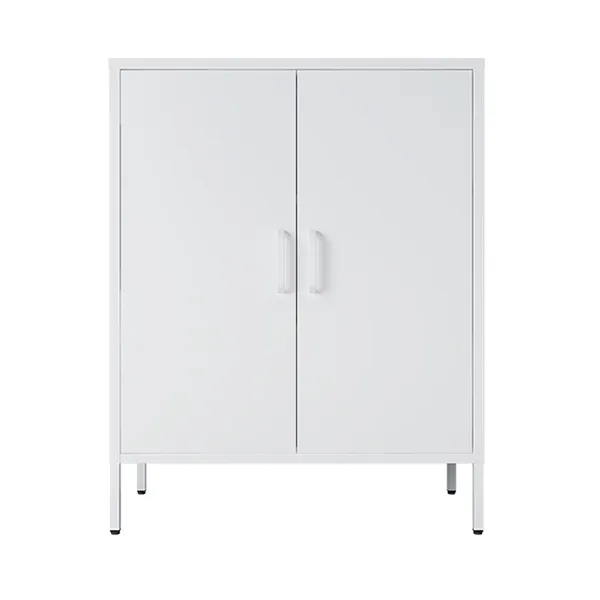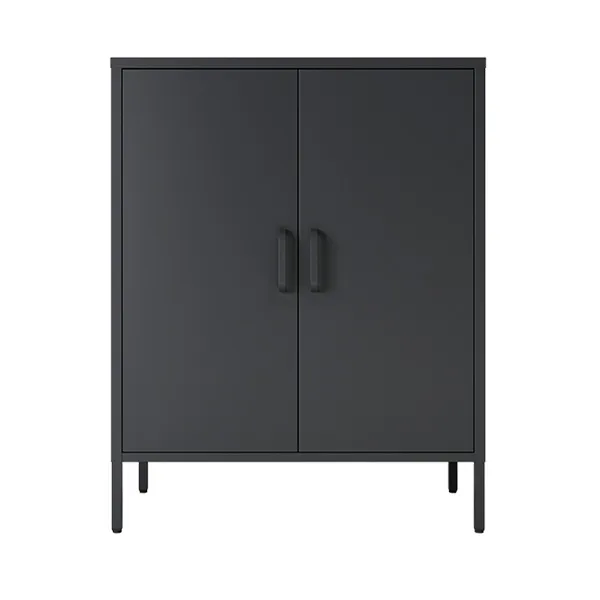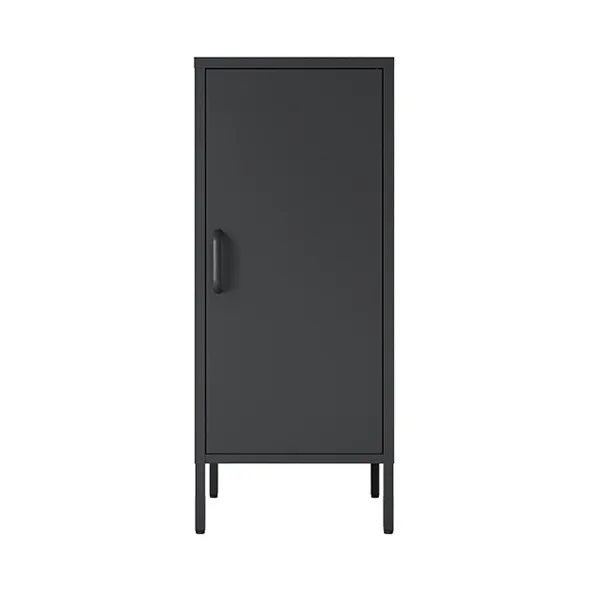time: 2025-07-25 02:12:01
Installing steel office furniture is a critical step to ensure functionality, safety, and long-term durability in any workplace environment. Whether it’s desks, file cabinets, workstations, or storage units, proper installation guarantees that each piece performs as intended and aligns with your office layout and workflow.The installation process for steel office furniture can vary depending on the type of furniture (desk, cabinet, cubicle, chair, etc.) and the manufacturer.

Review Instructions: This is the most crucial step. Every piece of furniture comes with specific assembly instructions. Read them thoroughly before you begin. Manufacturers like Steelcase and Offices to Go provide detailed assembly directions, often with diagrams or videos.
Check Inventory: Unpack all boxes carefully and check that all parts listed in the instructions are present. Lay out all components and hardware (screws, bolts, nuts, washers) to ensure nothing is missing. Group similar parts together.
Clear the Workspace: Choose the room where the furniture will be used, especially for heavy items. Clear enough space to move around comfortably and lay out all components without damaging them or your surroundings. Use the packaging material (cardboard) to protect your floors during assembly.
Gather Tools: Most steel office furniture comes with the necessary Allen wrenches. You'll likely also need a Phillips head screwdriver, and a rubber mallet can be helpful for tapping pieces into place without damage. A power screwdriver can speed up the process, but be careful not to overtighten.
Safety First: If the instructions indicate that two people are required for assembly, ensure you have assistance. Be mindful of heavy components and sharp edges.
Base/Frame Assembly: Start with the foundational elements. This often involves attaching legs to a desk frame, or assembling the main panels of a cabinet or cubicle.
Connectors and Brackets: Securely attach connectors, brackets, and support bars as specified in the instructions. For cubicles, this involves connecting panels using wedge blocks and draw blocks.
Drawer/Door Installation (if applicable): If your furniture has drawers or doors, assemble their mechanisms and attach them to the main structure.
Surface Installation: For desks or tables, attach the work surface to the frame.
Shelves and Internal Components: Install any shelves, dividers, or other internal components.
Accessories: Attach any accessories like monitor arms, keyboard trays, or modesty panels.
Leveling and Adjustment: Once assembled, adjust any leveling glides on the bottom of the furniture to ensure it sits evenly and stably on the floor. This is crucial for longevity and safety.
Cable Management (if applicable): If the furniture has integrated cable management, route and secure cables as directed.

Wipe Down: Clean the furniture to remove any dust or fingerprints from the assembly process.
Final Check: Double-check all screws and fasteners to ensure they are tightened securely, but avoid overtightening, which can strip threads or damage materials.
Ergonomic Adjustments: For chairs and height-adjustable desks, make initial ergonomic adjustments to ensure user comfort and proper posture.
Dispose of Packaging: Properly dispose of all packaging materials.
Tips for a Smooth Installation:
Don't Rush: Take your time and follow the instructions carefully. Rushing can lead to mistakes or damage.
Identify Parts Clearly: Before starting, make sure you can identify all components. Look for variations in hole spacing or arrows that indicate direction.
Organize Hardware: Keep small hardware pieces (screws, nuts, bolts) in separate containers or plastic bags so they don't get lost.
Don't Force Parts: If parts don't fit together easily, re-check the instructions. Forcing components can damage the furniture.

Professional Help: For large office installations or complex systems like cubicles, consider hiring professional furniture installers. They have the experience, tools, and expertise to ensure a smooth, safe, and efficient setup, often extending the lifespan of the furniture. Many furniture manufacturers and dealerships offer installation services.
The process typically involves unpacking, assembling components, anchoring or aligning units, and verifying stability. Depending on the complexity of the furniture and office setup, installation may range from simple DIY steps to more involved procedures requiring professional assistance.
A smooth and efficient installation not only enhances the appearance of your office but also contributes to employee comfort, productivity, and overall workspace efficiency. Understanding the installation process is essential for planning your office setup and minimizing downtime during transitions or renovations.